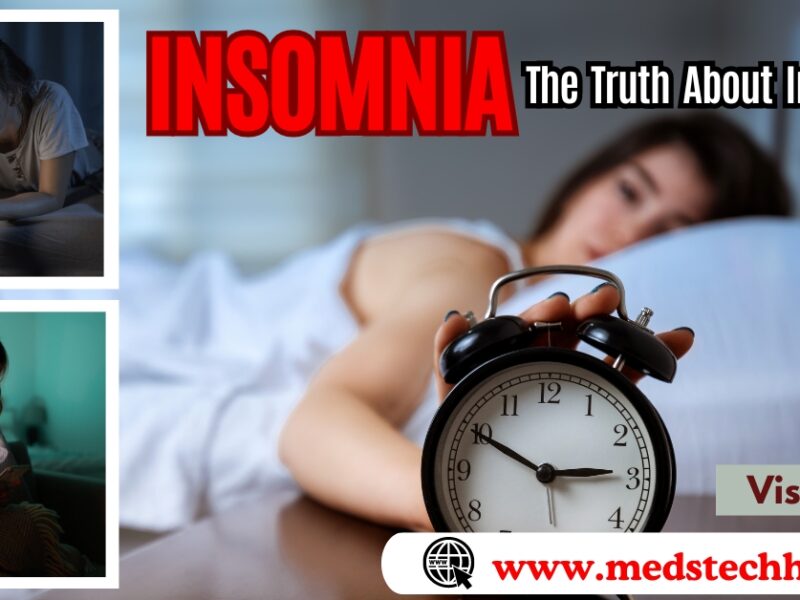Introduction of Anxiety:
Anxiety is a prevalent mental health issue that impacts millions of people globally. It’s a common emotional state marked by feelings of apprehension, tension, or unease regarding something with an uncertain outcome. It’s a natural response to stress, but when it becomes excessive or persistent; it can interfere with daily activities and quality of life. Anxiety disorders are among the most prevalent mental health conditions globally, affecting people of all ages and backgrounds.
Definition of Anxiety:
Anxiety is more intense and persistent state than just feeling stressed or worried. It’s an intense, persistent fear or worry in situations where most people wouldn’t feel threatened. It can manifest as physical symptoms such as rapid heartbeat, sweating, and trembling, as well as emotional symptoms like restlessness, irritability, and difficulty concentrating.
Types of Anxiety Disorders:
Generalized Anxiety Disorder (GAD):
GAD is defined by ongoing and disproportionate concern about routine matters. People with GAD often experience physical symptoms such as fatigue, muscle tension, and irritability.
Panic Disorder:
Panic disorder is a metal health condition. People with panic disorder experience recurring episodes of intense fear or discomfort called panic attacks. These are unpredictable attacks. These attacks can be accompanied by physical symptoms such as rapid heartbeat, sweating, and shortness of breath.
Social Anxiety Disorder (SAD):
SAD, also known as social phobia, involves an intense fear of social situations and interactions. People with SAD may avoid social gatherings or experience extreme anxiety when facing social scrutiny.
Phobias:
Phobias are irrational anxieties towards particular objects, situations, or activities. Common phobias include fear of heights, spiders, and flying. Phobias can lead to considerable distress and avoidance behaviors.
Symptoms of Anxiety:
Anxiety can manifest in various ways, affecting not only one’s thoughts and emotions but also their physical well-being and behavior.
Physical Symptoms:
Physical symptoms of anxiety may include:
- Rapid heartbeat.
- Shortness of breath.
- Muscle tension.
- Sweating.
- Dizziness.
- Fatigue.
- Upset stomach or nausea.
Emotional Symptoms:
Emotional symptoms of anxiety may include:
- Excessive worry or fear.
- Irritability.
- Difficulty concentrating.
- Restlessness.
- Feeling on edge or keyed up.
- Trouble sleeping.
Behavioral Symptoms:
Behavioral symptoms of anxiety may include:
- Avoidance of certain situations or activities.
- Seeking reassurance from others.
- Procrastination or avoidance of responsibilities.
- Difficulty making decisions.
Causes of Anxiety:
Anxiety can be caused by a combination of genetic, environmental, and psychological factors. Understanding these factors can help people and healthcare providers identify triggers and develop effective treatment strategies.
Biological Factors:
Biological factors that contribute to anxiety may include:
- Genetics: A family background can elevate the risk of anxiety disorders.
- Brain chemistry: Imbalances in neurotransmitters such as serotonin and dopamine may play a role.
- Medical conditions: Certain medical conditions, such as thyroid disorders or heart arrhythmias, can cause symptoms of anxiety.
Environmental Factors:
Environmental factors that may include:
- Stressful life events: Traumatic events, significant life transitions, or persistent stressors can provoke anxiety.
- Childhood experiences: Adverse childhood experiences, such as abuse or neglect, can increase the risk of developing anxiety disorders.
- Substance abuse: Alcohol, drugs, and caffeine can exacerbate symptoms of anxiety.
Psychological Factors:
Psychological factors that may contribute to anxiety include:
- Personality traits: Certain characteristics, like perfectionism or pessimism, might make people more susceptible to experiencing anxiety.
- Cognitive patterns: Negative thought patterns or irrational beliefs can fuel anxiety.
- Learned behavior: Observing others’ anxious behavior or experiencing negative reinforcement can contribute to the development of anxiety.
Diagnosis of Anxiety:
There is no single test to diagnose an anxiety disorder. A doctor or mental health professional will typically diagnose anxiety based on a mental health evaluation, which may include:
- A discussion of your symptoms, including their severity and frequency.
- A review of your medical history.
- A psychological evaluation.
Treatment Options for Anxiety:
Treatment for anxiety typically involves a combination of medications, therapy, and lifestyle changes.
Medications:
Medications commonly used to treat anxiety include:
- Antidepressants.
- Benzodiazepines.
These medications provide rapid relief of symptoms but are typically used short-term due to the risk of dependence and tolerance. But firstly consult with doctor for best treatment.
Therapy:
Therapy, such as cognitive-behavioral therapy (CBT) or exposure therapy, can help individuals learn coping strategies, challenge irrational thoughts, and gradually confront feared situations.
Lifestyle Changes:
Changes of lifestyle help to manage anxiety include:
- Regular exercise.
- Healthy diet.
- Sufficient sleep.
- Techniques for handling stress such as mindfulness or relaxation practices.
Self-Care Strategies for Managing Anxiety:
Professional treatment, self-care strategies can help people to manage anxiety on a day-to-day basis.
Healthy Lifestyle Habits:
Maintaining a healthy lifestyle can help reduce symptoms of anxiety. This includes:
- Consuming a balanced diet.
- Avoiding excessive alcohol, caffeine, and nicotine.
- Getting regular exercise to reduce stress and improve mood.
Stress Management Technique:
Stress management techniques can help individuals cope with anxiety-provoking situations. These may include:
- Deep breathing exercises.
- Progressive muscle relaxation.
- Meditation or mindfulness practices.
Relaxation Techniques:
Engaging in activities that promote relaxation can help reduce feelings of anxiety. These may include:
- Yoga.
- Spending time in nature.
- Listening to calming music.
FAQs (Frequently Asked Questions)
- Is anxiety a common mental health condition?
- Yes, anxiety is one of the most prevalent mental health disorders globally, affecting people of all ages and backgrounds.
- Can anxiety be cured completely?
- While anxiety disorders cannot always be cured, they can be effectively managed with proper treatment and self-care strategies.
- Are there natural remedies for anxiety?
- Yes, some natural remedies such as exercise, meditation, and herbal supplements may help alleviate anxiety symptoms for some individuals.
- How can I help someone with anxiety?
- Offering support, listening without judgment, and encouraging them to seek professional help are some ways to assist someone with anxiety.
- Is it possible to prevent anxiety disorders?
- While it may not be possible to prevent anxiety disorders entirely, adopting healthy coping mechanisms and managing stress effectively can reduce the risk of developing anxiety.
Conclusion:
Anxiety is a common and treatable mental health condition that can significantly impact one’s quality of life. By understanding the symptoms, causes, and treatment options for anxiety, individuals can take proactive steps to manage their symptoms and improve their well-being.
Remember, you are not alone in your anxiety journey. There are numerous resources, support systems, and treatment options available to help you navigate through difficult times and regain control over your mental health.




Amazing write-up !!!
Enjoyed reading the article , really explains everything in detail, the article is very interesting and helpful. Thank you and good luck for the future articles 👍